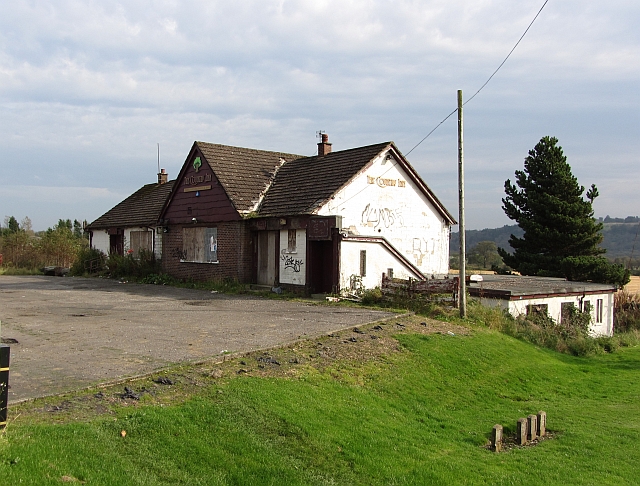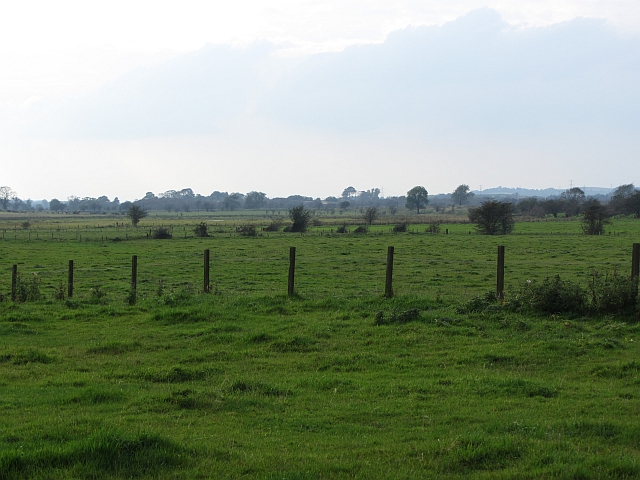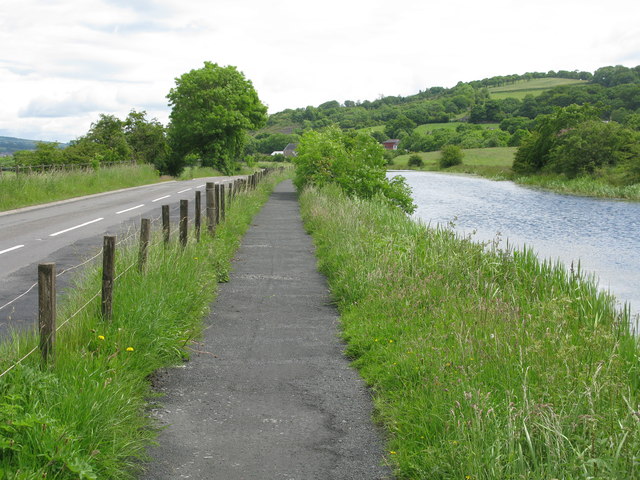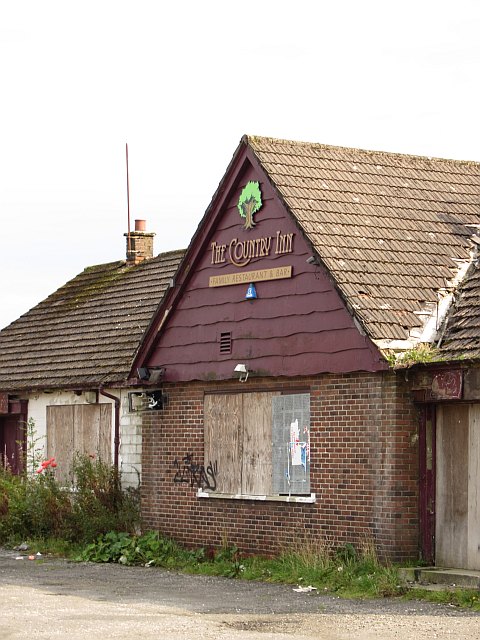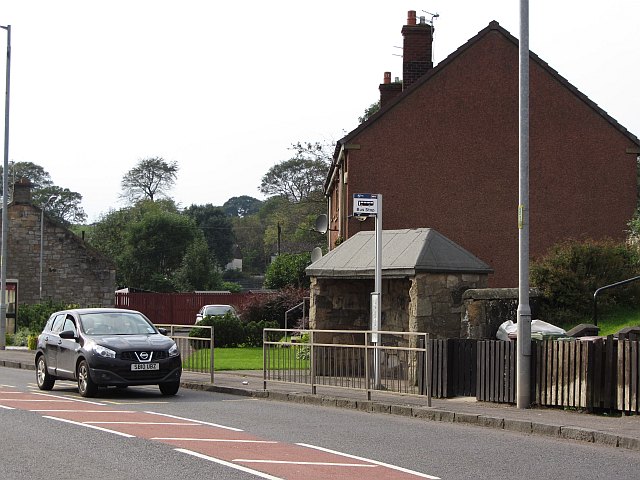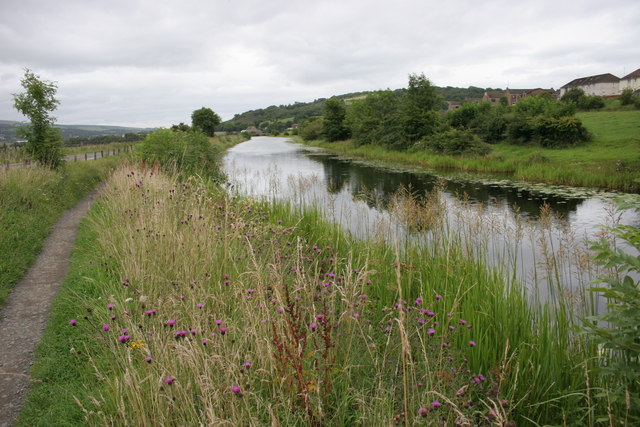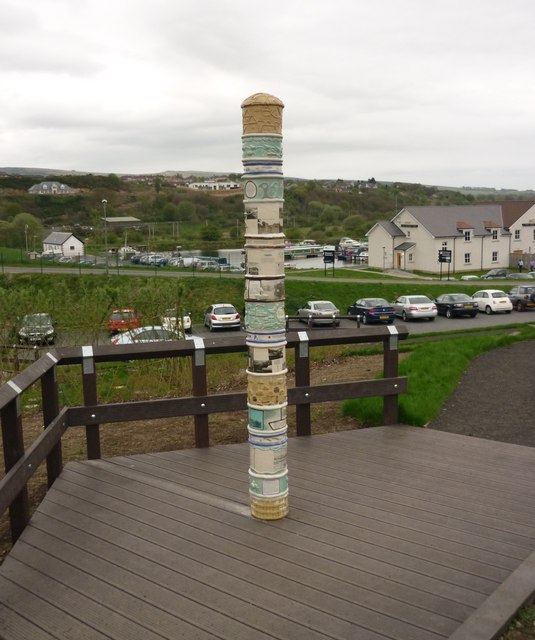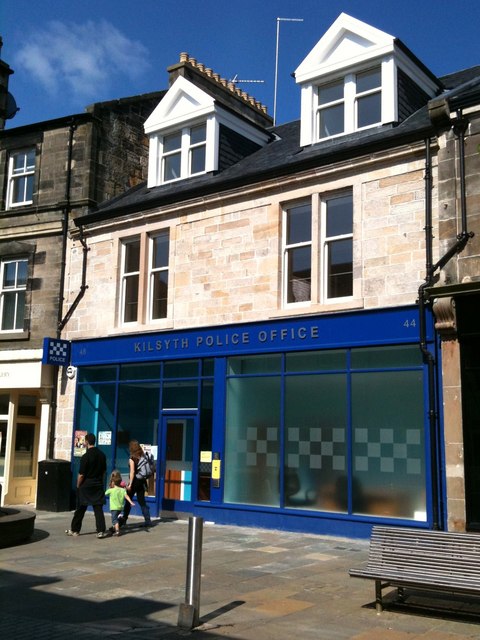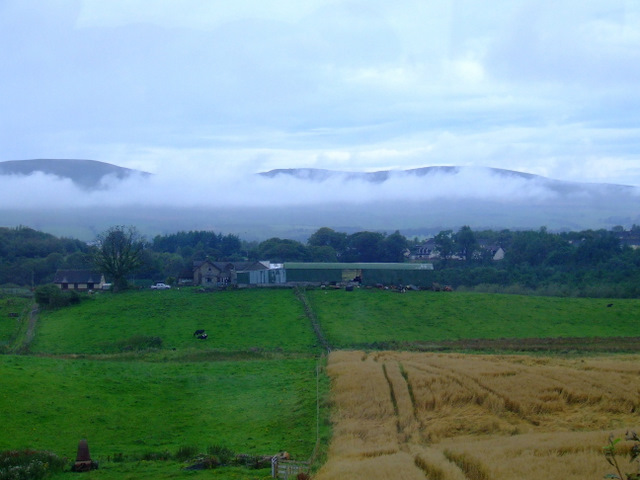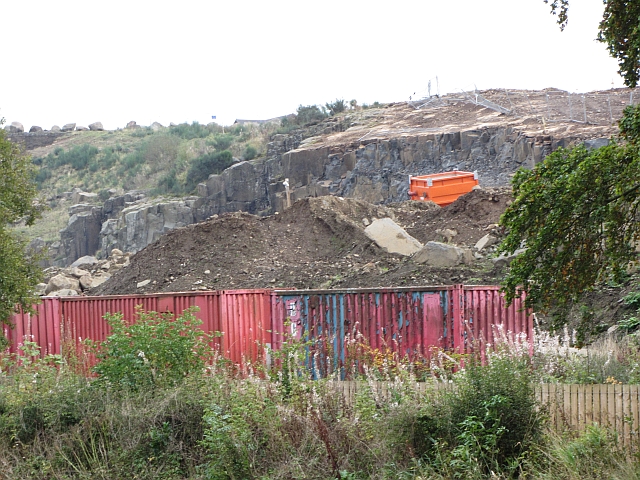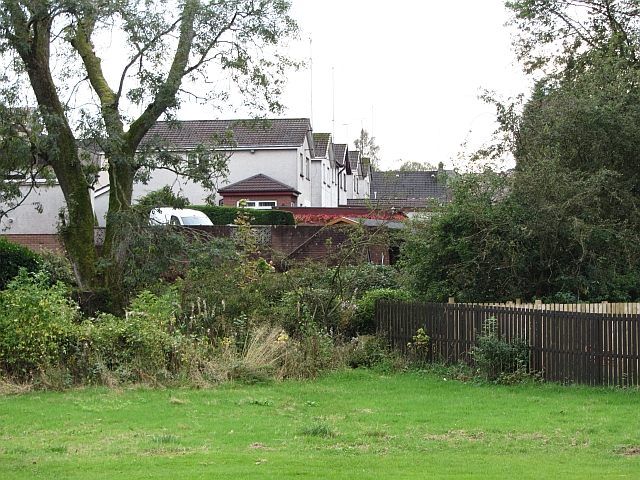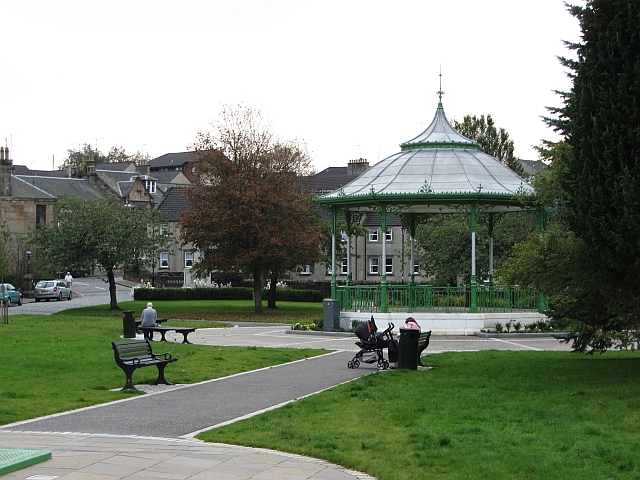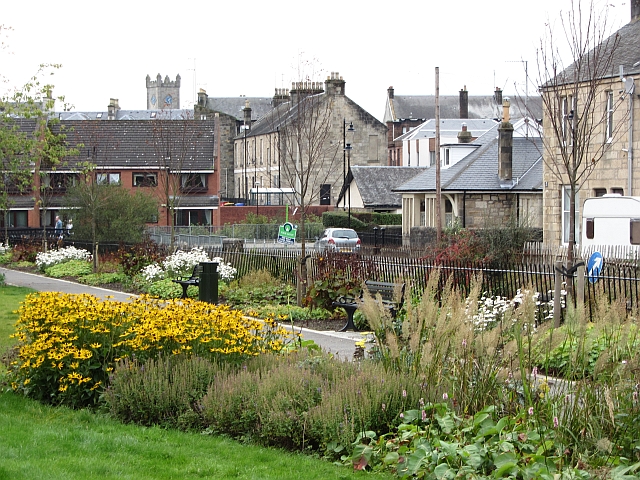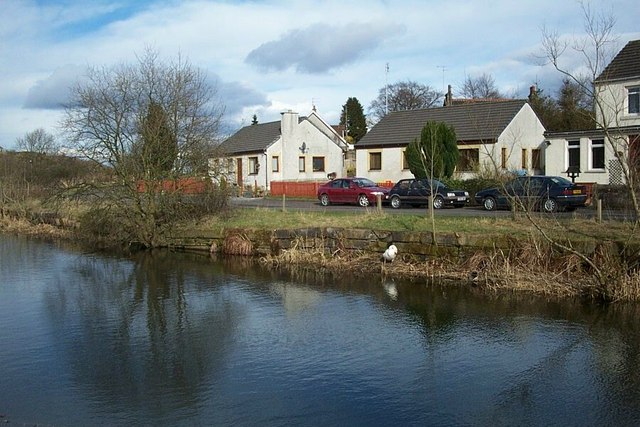Strone Point
Coastal Feature, Headland, Point in Dunbartonshire
Scotland
Strone Point
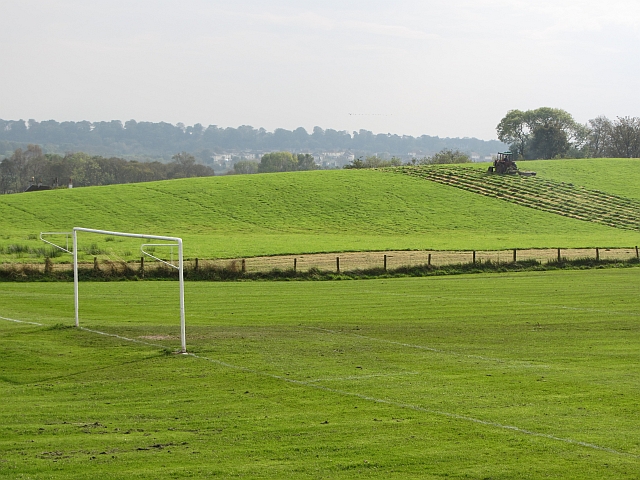
Strone Point is a prominent coastal feature located in Dunbartonshire, Scotland. It is classified as a headland or a point due to its geographical characteristics and its position on the coast.
Situated along the western shores of Loch Lomond, Strone Point offers stunning panoramic views of the surrounding landscape. It is positioned at the southern end of the loch, near the village of Gartocharn. The point is easily accessible by road, with a nearby car park and designated walking paths.
The rugged terrain of Strone Point is characterized by steep cliffs and rocky outcrops, providing a dramatic backdrop to the Loch Lomond area. The point juts out into the loch, creating a natural boundary and offering a vantage point for observing the expansive water body.
The coastal area around Strone Point is rich in biodiversity, with various plant species and marine life inhabiting the intertidal zone. Seabirds, such as gulls and cormorants, can often be spotted nesting on the cliffs, while seals and otters occasionally make appearances in the surrounding waters.
The location of Strone Point also makes it a popular spot for outdoor activities. Visitors can enjoy hiking along the coastal paths, taking in the breathtaking views, or engage in water sports such as kayaking and paddleboarding in the loch. Fishing enthusiasts are drawn to the area as well, as Loch Lomond is known for its abundance of trout and salmon.
Overall, Strone Point is a picturesque headland in Dunbartonshire that offers a unique combination of natural beauty, coastal charm, and recreational opportunities for visitors to enjoy.
If you have any feedback on the listing, please let us know in the comments section below.
Strone Point Images
Images are sourced within 2km of 55.965013/-4.0683677 or Grid Reference NS7076. Thanks to Geograph Open Source API. All images are credited.
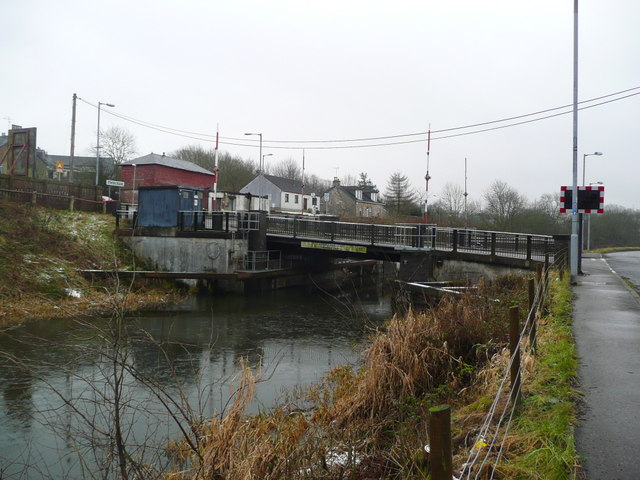
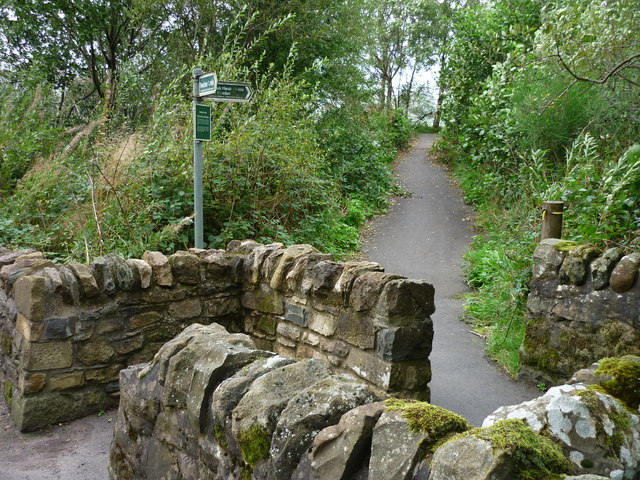
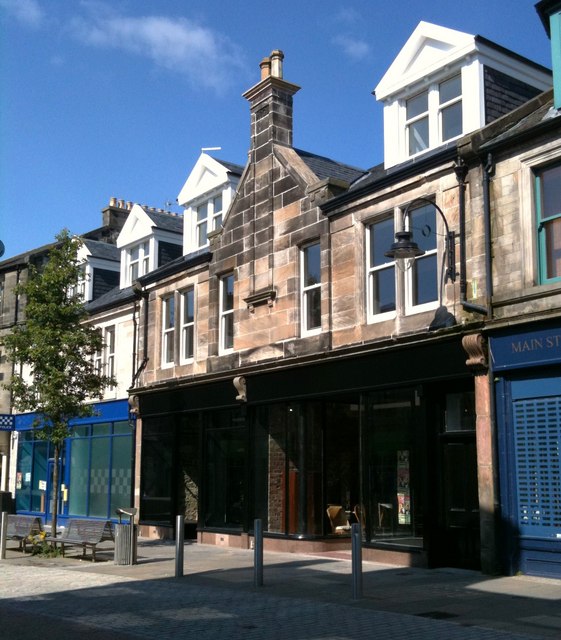

Strone Point is located at Grid Ref: NS7076 (Lat: 55.965013, Lng: -4.0683677)
Unitary Authority: East Dunbartonshire
Police Authority: Greater Glasgow
What 3 Words
///leaves.bride.masks. Near Kilsyth, North Lanarkshire
Nearby Locations
Related Wikis
Antonine Wall
The Antonine Wall, known to the Romans as Vallum Antonini, was a turf fortification on stone foundations, built by the Romans across what is now the Central...
Bar Hill Fort
Bar Hill Fort was a Roman fort on the Antonine Wall in Scotland. It was built around the year 142 A.D.. Older maps and documents sometimes spell the name...
Auchinstarry
Auchinstarry is a village in North Lanarkshire, Scotland, UK, near to Kilsyth. It is the site of a Roman fort. Auchinstarry Basin is on the Forth and Clyde...
Kilsyth Rangers F.C.
Kilsyth Rangers Football Club are a Scottish football club based in the town of Kilsyth, North Lanarkshire. Nicknamed The Wee Gers, they were formed in...
Nearby Amenities
Located within 500m of 55.965013,-4.0683677Have you been to Strone Point?
Leave your review of Strone Point below (or comments, questions and feedback).
